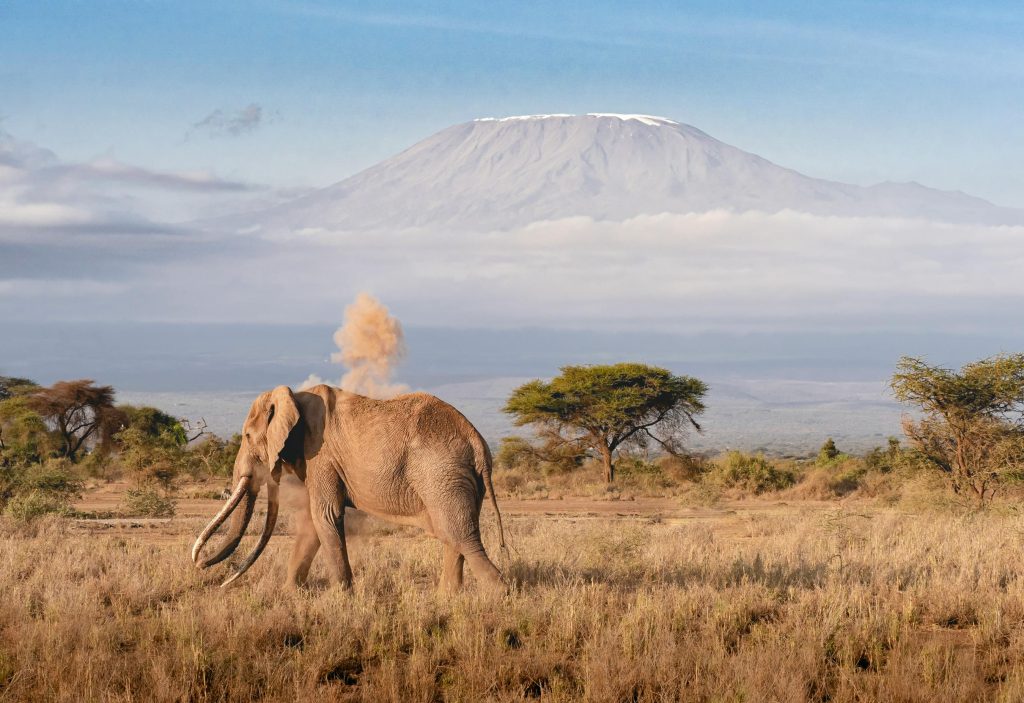In recent years, the cruise industry has been under growing environmental scrutiny, not least on its impacts at some of the most popular tourist destinations around the world. Consequently, a number of the world’s most popular stops for cruises are now introducing daily quotas as part of wider efforts to protect distinctive environments and work toward a more sustainable form of tourism. This article explores a number of key destinations to take such a stance regarding daily visitor caps and elucidates their reasoning.
- Venice, ItalyThe city of Venice is considered to have been experiencing the blight of overtourism, but it ensured that it built a system to regulate the number of cruise ships docking in its harbors. This year, 2021, has had limitations set on just how big and how many ships may enter into the historic center of Venice. It permits only a set number of big cruise ships per day, whereas the small ones or those that are not fitting the criteria are being diverted to some other port henceforth. The new policy protects the fragile infrastructure of Venice and lessens the impact on the lagoon ecosystem.
- Maui, HawaiiMaui, arguably the most popular tourist destination in all of Hawaii, has also stepped in to control the number of visitors. Indeed, the number of tourists attracted annually by the natural beauty and rich cultural heritage of Maui exerts heavy pressure on local resources and infrastructure. Maui’s government has been setting visitor caps in selected areas, like the districts of Hana and Haleakalā National Park. These limits ensure the protection of the island environment and allow visitors to experience an at least somewhat more subdued and real atmosphere. Some local businesses and operators also try to become sustainable in order to reduce further environmental destruction.
- Galápagos Islands, EcuadorThe Galápagos Islands have been a role model in sustainable tourism for years because of their UNESCO World Heritage designation based on its unique biodiversity. The Galápagos National Park Authority enforces strict visitor limits to preserve the islands’ delicate ecosystems and wildlife. The guest limit is initiated daily on each island, and tourists are only allowed to go to the defined sites with authorized guides. These are very important rules in order to maintain the Galápagos as one of the cleanest and best-preserved pieces of nature on earth.
- Santorini, GreeceWith its breathtaking scenery and characteristic white-washed houses, Santorini is a destination one would want to visit. Indeed, the very reason tourists flock to this particular island is also the source of the biggest challenge. Because overtourism has hit Santorini, the island has resolved to regulate cruise ship arrivals. In fact, it has set limits on how many cruise passengers can go ashore daily, necessitating the cruise lines to adhere to the limit to avoid causing an overflow. This measure better conserves the infrastructure on the island, where all who visit can appreciate its natural beauty without overwhelming the local community.
- Key West, FloridaTotal head counts have also been restricted at Key West, another prime destination in the Florida Keys. There’s a quota on the number of cruise passengers that can disembark in the city each day. It is all part and parcel of finding that harmonious balance between tourism and preservation. Limitations put into place within Key West are to decrease congestion of the historic district and protect the sensitive ecosystems of the island. They relate to a responsible city of sustainable tourism and will preserve its own peculiar charm for posterity.
Therefore, setting limits on daily visitors to these most popular cruise destinations is now a new priority in conducting tourism in a sustainable manner. This way, the destinations protect their natural and cultural treasures, but they can provide better experiences for the tourists who will come afterward. Now it’s up to us, as travelers, to comply with local regulations and help make sure that these wonderful places survive well into the future.




